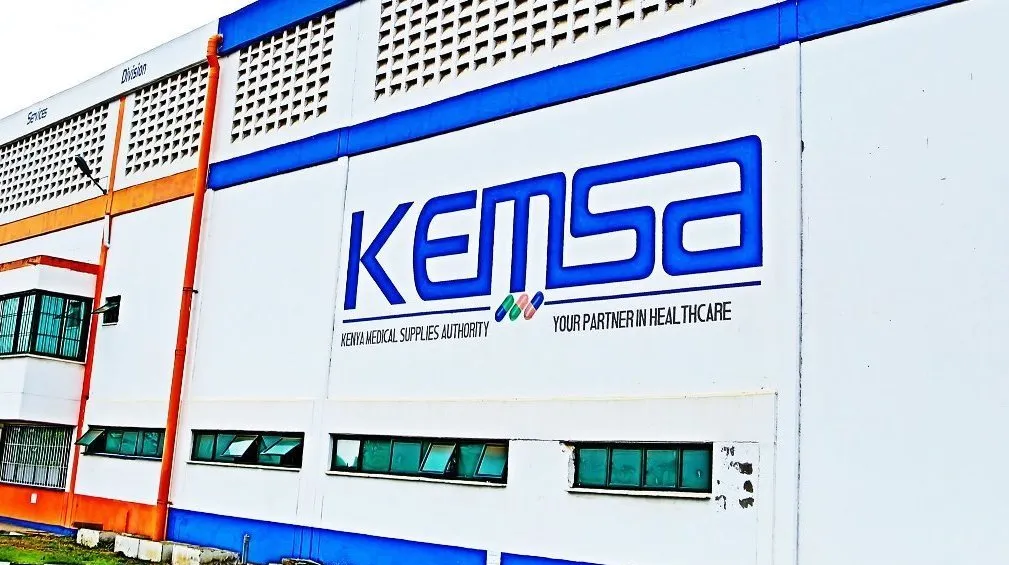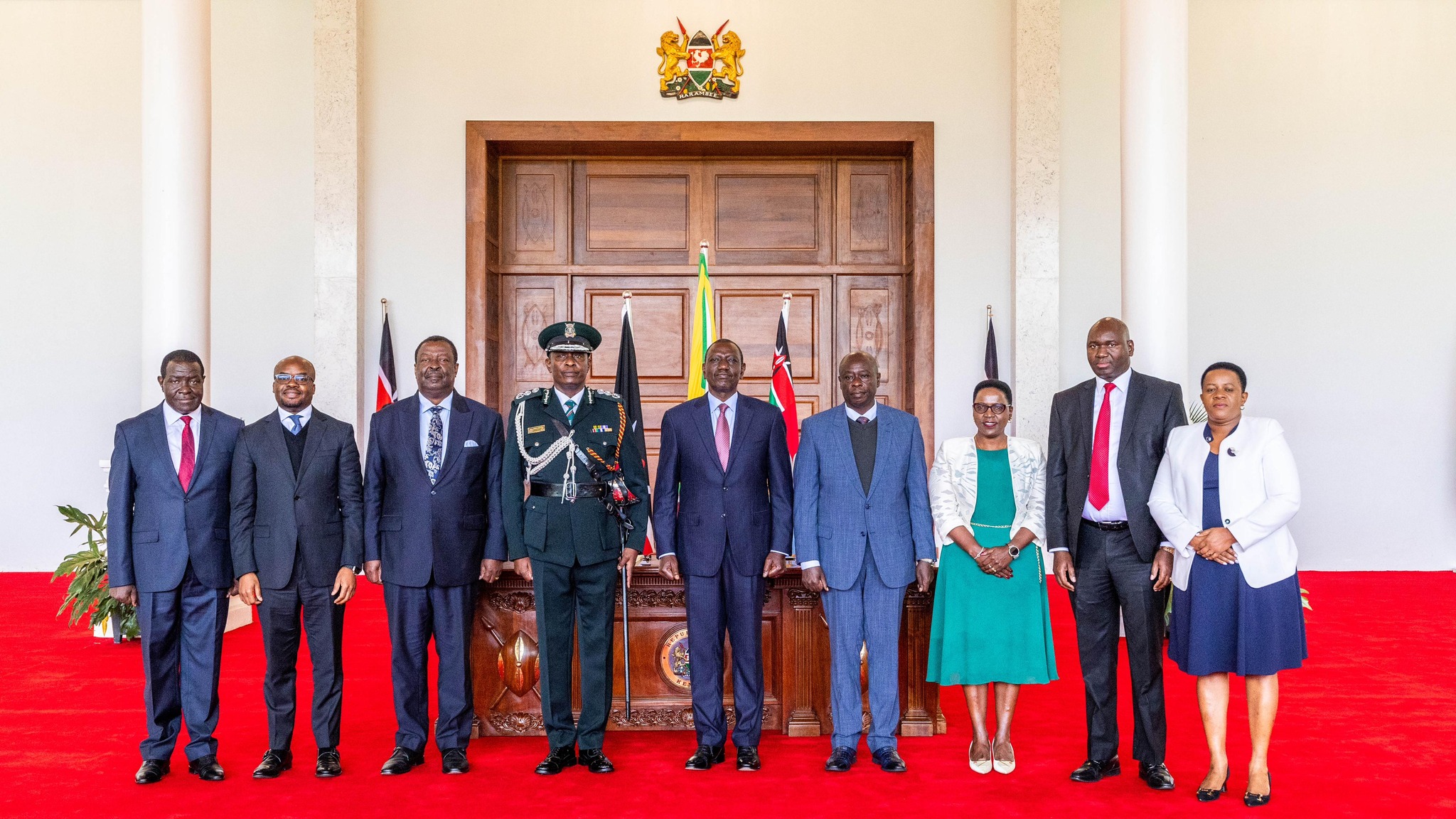
In recent years, Kenya’s health sector has undergone significant transformation under the leadership of the government, spearheaded by the President.
Through a series of strategic reforms, the nation is witnessing remarkable progress towards a more efficient, people-centered healthcare system. Here are some of the key achievements driving this positive change:
- Revitalizing the Medical Care System: Central to the government’s agenda is the comprehensive overhaul of the healthcare system to enhance its efficiency and effectiveness. Emphasizing a people-centered approach, the government aims to alleviate the burden on citizens while ensuring access to quality care for all Kenyans. The vision encompasses a progressive, responsive and sustainable system supported by a dedicated team of motivated and well-equipped health workers. The overarching goal is to provide timely and affordable care without imposing financial strain on individuals.
- Enhanced Healthcare Delivery: Concrete commitments have been made to strengthen healthcare delivery at all levels. This includes the full financing of primary healthcare services implementation of a digital health management information system. And establishment of funding mechanisms to improve medical facilities across the nation. These initiatives aim to bolster the capacity and accessibility of healthcare services, particularly in underserved communities.
- Introduction of Social Insurance Fund Card: A groundbreaking initiative, the Social Insurance Fund Card, ensures equitable access to healthcare services irrespective of individual income levels. By shifting away from a pay-based model, healthcare provision is now driven by the health needs of every Kenyan, promoting inclusivity and fairness in the system.
- Expansion of Free Medical Care Services: In line with the reforms, Kenyans now benefit from free medical care services at various facility levels, including levels I, II and III. Moreover, communities have been empowered through participatory management structures, such as local committees, to oversee and contribute to the effective operation of healthcare facilities in their villages, ensuring they are adequately equipped to meet the needs of the population.
- Financial Autonomy for Public Health Facilities: Recognizing the importance of efficient resource utilization, public health facilities have been granted financial autonomy. This measure aims to enhance transparency, accountability, and effectiveness in fund management, thereby maximizing the impact of healthcare investments and improving service delivery outcomes.
- Enactment of Digital Health Law: Keeping pace with technological advancements, the government has enacted a Digital Health Law aimed at promoting at promoting telemedicine and digitizing health services. By streamlining processes and transitioning from traditional written transactions, this legislation facilitates greater efficiency and accessibility in healthcare delivery, ultimately benefiting the populace.
- Afya Nyumbani Program: President Ruto’s launch of the Afya Nyumbani Program distributed 100,000 healthcare kits to community promoters, reducing secondary and tertiary healthcare costs. This initiative underscores Kenya’s commitment to accessible and affordable healthcare, advancing the goal of universal health coverage.
These achievements underscore the government’s unwavering commitment to transforming Kenya’s health sector for the betterment of its citizens. As the nation continues on this trajectory of reform and innovation, the prospect of a healthier, more resilient population becomes increasingly attainable.






